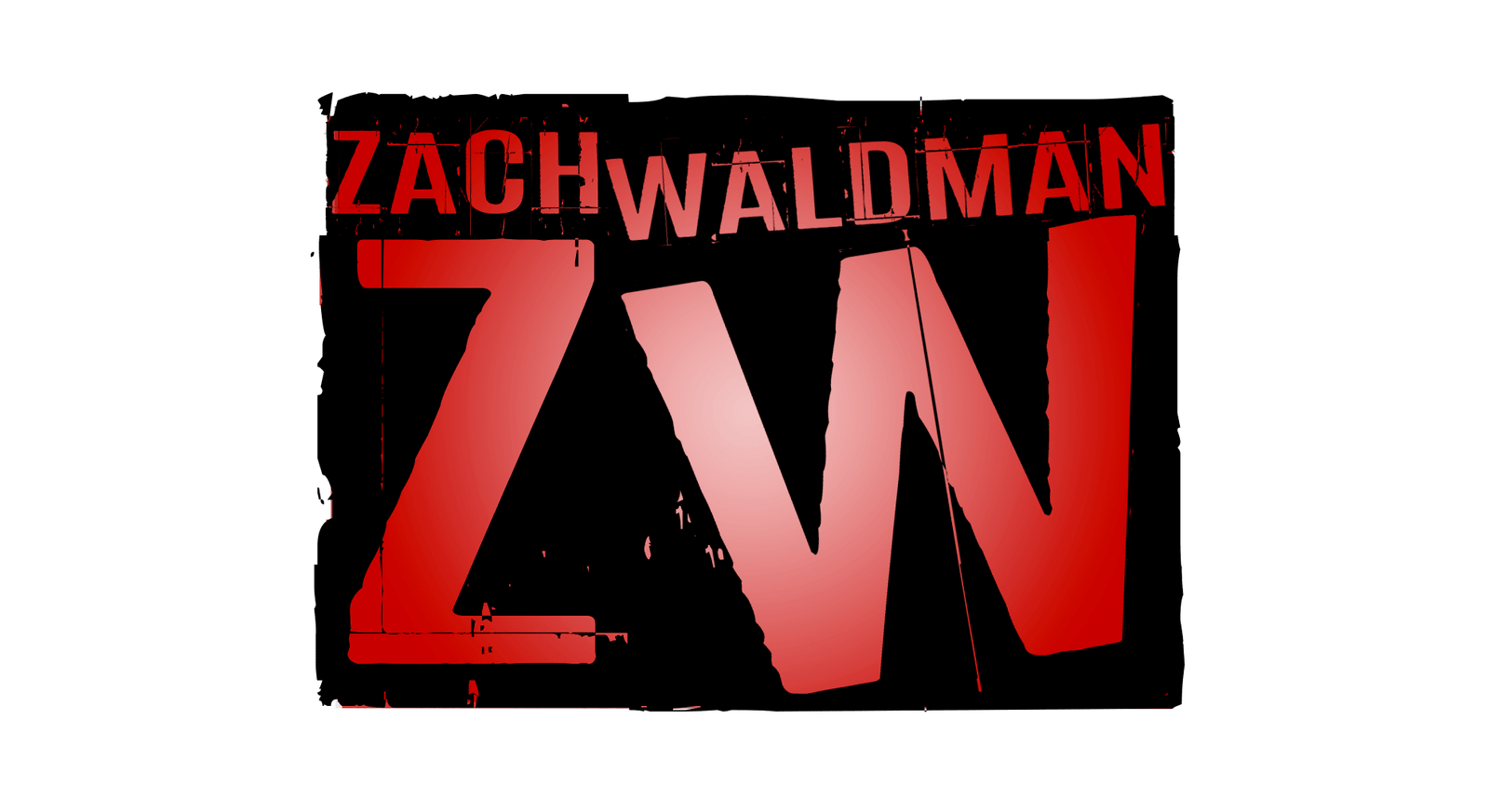It was their company’s first ever breakfast seminar. Sally Thompson had never designed a seminar before. She knew the start time, the finish time and had a list of presentations that had to be made but could she make it fit?
Remember that, for maximum impact, each hour of an event should be divided equally into one third listening, one third discussing and one third doing. So, for every hour you really only need a script for twenty minutes and, if you are using a PowerPoint type presentation, a well-paced speaker will “talk to” one slide of the presentation every 3 minutes on average. You therefore need around 7 text slides each with no more than 7 bullet points to generate a one-hour chunk of the event.
This is obviously a rough guide but when you consider writing event material in this way, it can remove some of the fear factor. Most delegates will be satisfied with your normal product literature and a copy of the slides printed out as lecture notes with a space to add their own observations. If there is no-one in your organization with the time or the skill to write the presentation material you will find many creative writers who have presentation experience and who will be happy to script your presentation for a reasonable fee.
For workshops, you will need to design some activities to allow people to put the theories being taught into practice. This is most often a paperwork exercise that falls naturally from the subject matter; however, it is sometimes useful to ask people to participate in an abstract exercise that will generate emotion and stress. Their spontaneous language and behavior can then be observed to illustrate key points in subjects like, team-working, customer service, anger management, delegation and leadership. These abstract games tend to be large-scale puzzles and obstacle courses using fairly simple props that can be rented from corporate entertainment suppliers.
One such puzzle used to stimulate discussions about organization, motivation and teamwork is called Chinese Crackers after the parlor game on which it is based. A pile of 7 cushions (crackers) of different sizes, the smallest being about 50cm square and the largest being about 1.5m square, are piled up in one corner of the room. The “team” must rebuild the stack in another corner of the room; a third corner is used for temporary storage. It sounds straightforward but there are two firm “rules”:
* Only smaller cushions can be placed on top of larger cushions
* Only one cushion should be in transit at any one time
Sane people are very quickly turned into frenzied factotums forgetting everything they ever knew about planning, observation, review and positive thinking as they lose faith in their ability to pile cushions against the clock.
For anyone who has ever tried the parlor game, they will know that the answer is not complex but requires finding a pattern in which to move the cushions and then sticking to it.
Using this simple structure, Sally soon realized that she was in danger of trying to fit a quart into a pint pot. Her original plan of one breakfast seminar turned into a series of weekly breakfast workshops that gave delegates enough meat to chew on and discuss but left them hungry for more.
Want more ideas? Try this to make your next meeting really unique!
What about the holidays? Don’t get caught off guard. Plan early and enjoy these ideas.
